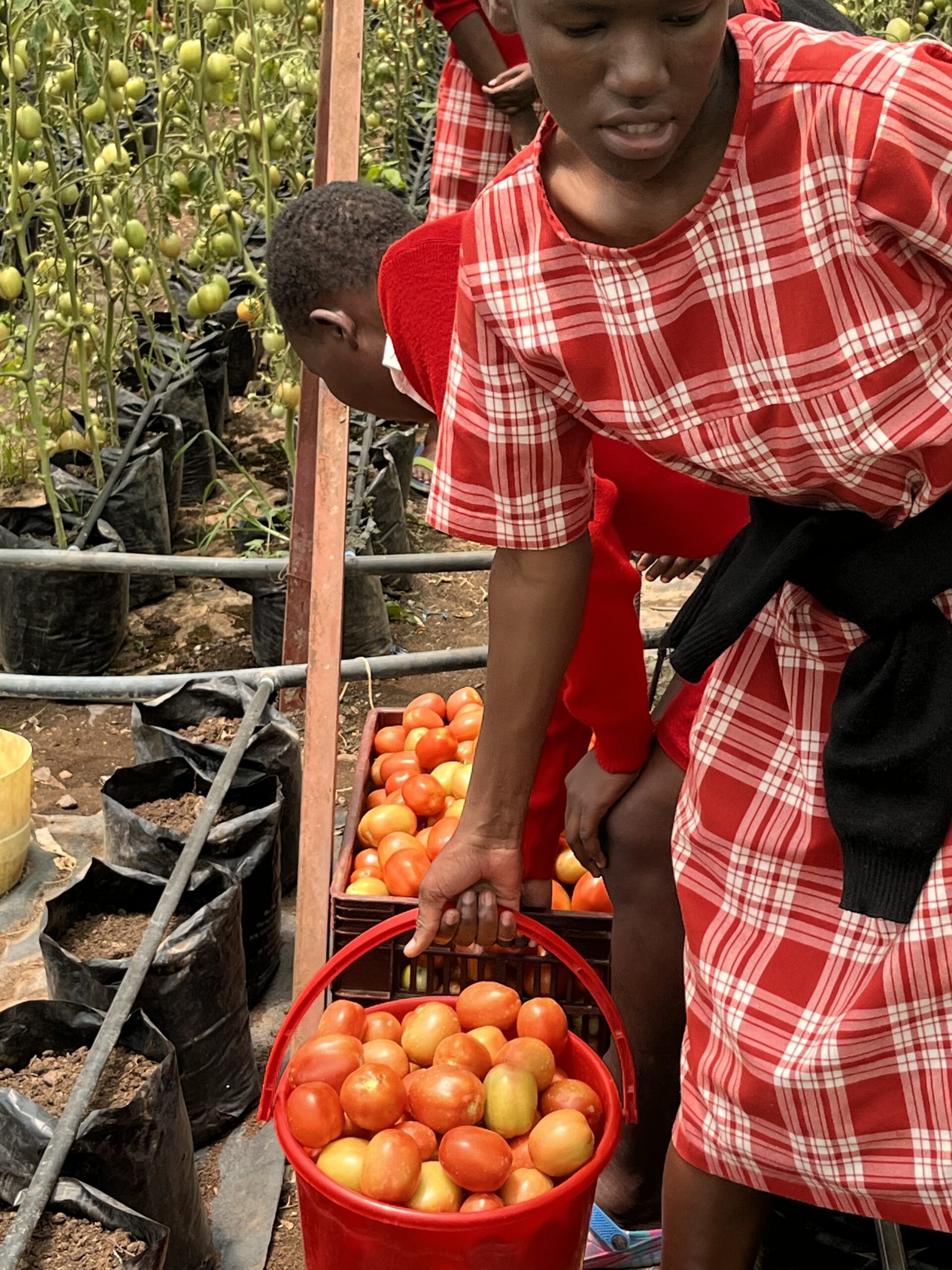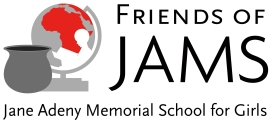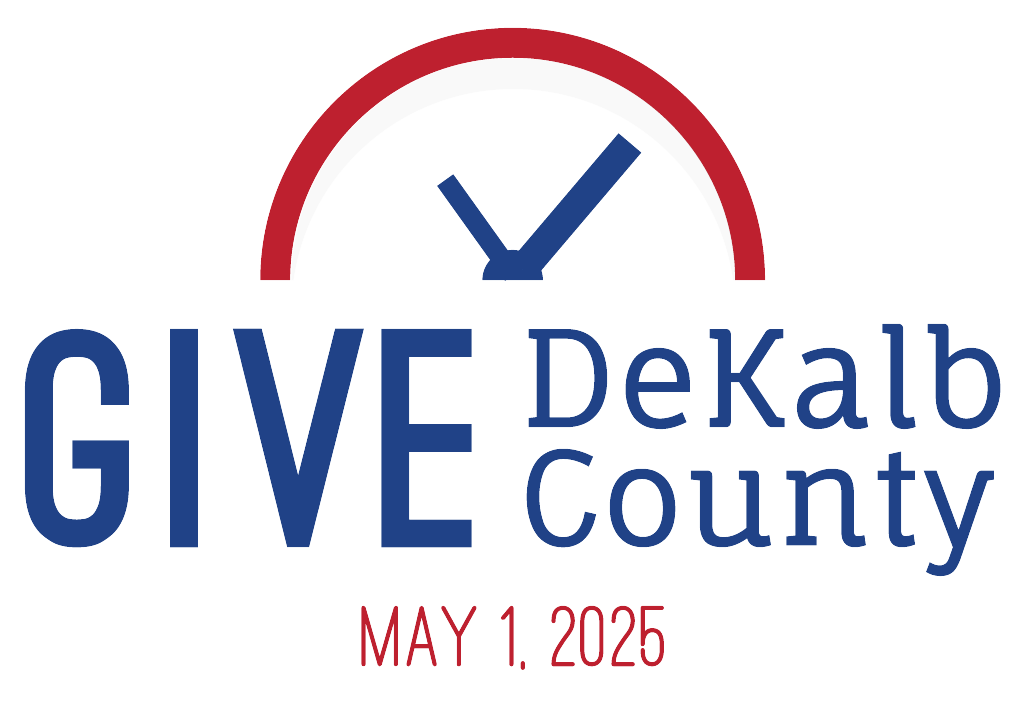
Grow your donation on Give DeKalb County (GDC)!
GDC is Friends of JAMS’ largest fundraiser of the year, its appeal greatly enhanced by the rewards of a bonus pool. Every donation grows larger by a percentage of the pool, providing even more support for the girls at JAMS!
Growth is everywhere this year at JAMS: growing enrollment, growing facilities, and growing expectations with new Kenyan educational requirements. Friends of JAMS raised $35,000 last year for construction and outfitting of a new dormitory to accommodate more students. Now we need to help JAMS purchase new laptops, build physical education facilities required by the new Kenyan system, and provide scholarship support for additional students. More than half of JAMS students are orphaned, living in poverty and needing your donation of scholarships to attend the school.
On May 1, from midnight to midnight, you can go to GiveDekalbCounty.org and use credit or debit cards, electronic bank transfer or mobile pay to donate. You can also mail or hand-deliver a check for Friends of JAMS to the DeKalb County Community Foundation anytime from April 17 to May 1 to be included in the Give DeKalb County event.
Go to GiveDeKalbCounty.org to view the Friends of JAMS profile and read more about JAMS’ most pressing needs. Friends of JAMS is entirely run by volunteers, meaning that overhead is very low, and nearly 95% of every dollar raised goes directly to the school.
JAMS success hailed on 5th anniversary of COVID
Around the world, educators have reported learning deficits from students who had to miss a year or more of in-person school during the COVID shutdown of 2020 – 2021. But that wasn’t the case at JAMS: the latest graduating class posted top scores despite the physical interruption of their schooling.
What did JAMS do to meet the challenges of a shutdown?
“To begin with, teachers continued to live at the school and stay in contact with the girls at their homes,” explained JAMS founder Teresa Wasonga.
“For those who could not afford it, we bought them cell phones. Each teacher was assigned 12 girls and they sent them their homework that way. Students then completed the homework and asked questions with the mobile phones. Generous donations allowed us to buy internet air time for teachers and students,” she said.
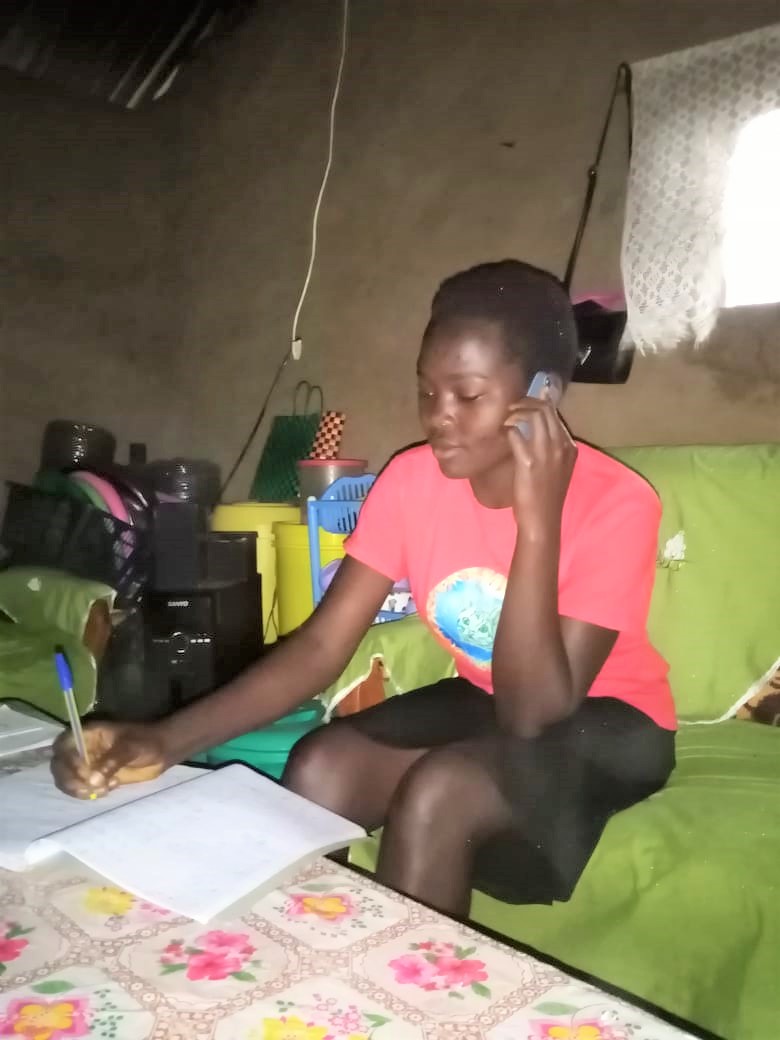
Form 1 student on cell phone from her home, receiving assignments and feedback from her teacher at JAMS during the COVID shutdown.
“Because we stayed connected with them, they also stayed connected to each other. And when the shutdown was finally lifted, all the girls came back to school, as well as all of the teachers. A lot of that was made possible by Friends of JAMS.”
“This experience led us to the idea of learning in cohorts. Now each class is a cohort, and the girls just naturally stay together, even in the dormitory. Every group is different: In the case of the cohort that just graduated, they are united by prayer – a very spiritual group. Others are united by different things, but the idea is that they are partners in learning.”
“There are great things at JAMS indeed. Most of all is the love from the teachers and fellow students. JAMS is just like home away from home. We stay together as a family showing love, care and concern about each other.” (Student M., Class of 2027)
New Kenyan educational requirements challenge and inspire
Kenya is transitioning to a new competency-based curriculum (CBC) that reduces high school from four to three years and focuses on competencies, demonstrations of skills and values rather than only mastery of content.
Students will be divided into three tracks based on their talents and competencies: Social Sciences, STEM (Science, Technology, Engineering and Math), and Creative Arts and Sports. JAMS has been approved to offer the first two tracks, and is working on certification in the third.
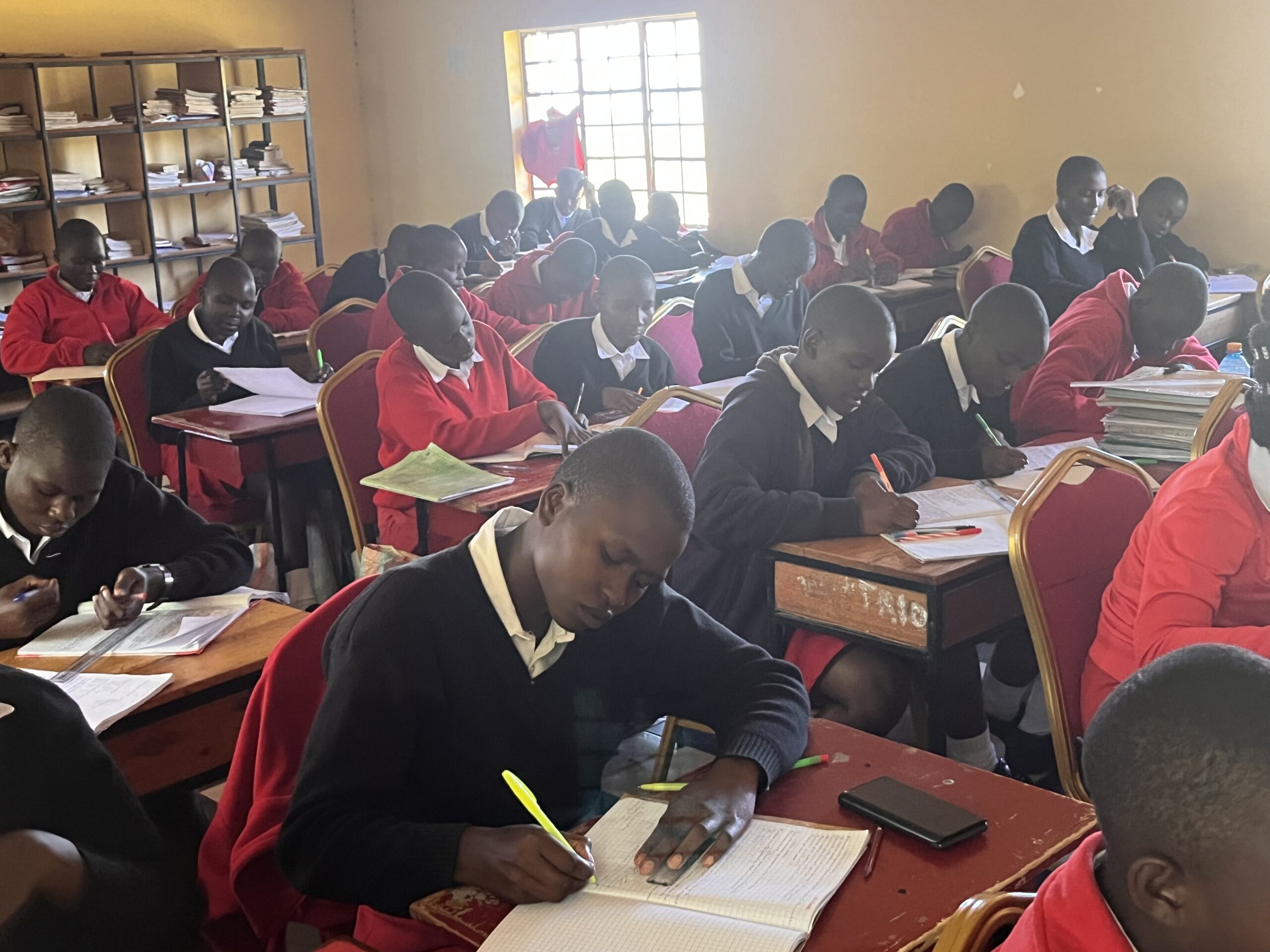
New Kenyan education requirements will change high schools from 4 to 3 years, and focus on skill competencies rather than simple mastery of content.
Many of the changes play to JAMS strengths, such as a learner-centered approach, helping students construct their own knowledge and skills. The challenges include beefing up physical education programs and facilities, as well as expanding the use of ICT (Information and Communication Technologies) and the equipment and infrastructure needed to make that happen. For starters, the school needs at least 40 new laptops.
JAMS remains well-positioned to succeed under the new structure. The school has already enriched the standard curriculum with computer literacy, entrepreneurship and leadership training. Teaching methods promote hands-on learning, and micro-enterprises on campus provide training in business and agriculture including a bakery, a dairy, a greenhouse, a poultry operation, and tailoring. Future plans include training in construction, electrical, plumbing and welding – much-needed skill sets in a developing nation.
“The only way I can thank you is through working smart to make you proud.” (Student B, Class of 2027)
JAMS expanding enrollment, programming
In January 2026, JAMS will be absorbing students from another organization as the school they have been using is closing. A new dormitory (completed this past December with funding by Friends of JAMS) will provide housing, but the girls will also need supplies such as bed linens and laptops, as well as scholarships to defray the cost of their education.
JAMS’ enrollment goal is 240 students (80 per class in the new three-year high school model). Having started with just 12 students a little over a decade ago, JAMS’ current enrollment of 200 girls and planned increase to 240 is a testament to its growing reputation as an education leader. And as founder Teresa Wasonga is quick to point out, none of those opportunities would be possible without Friends of JAMS.
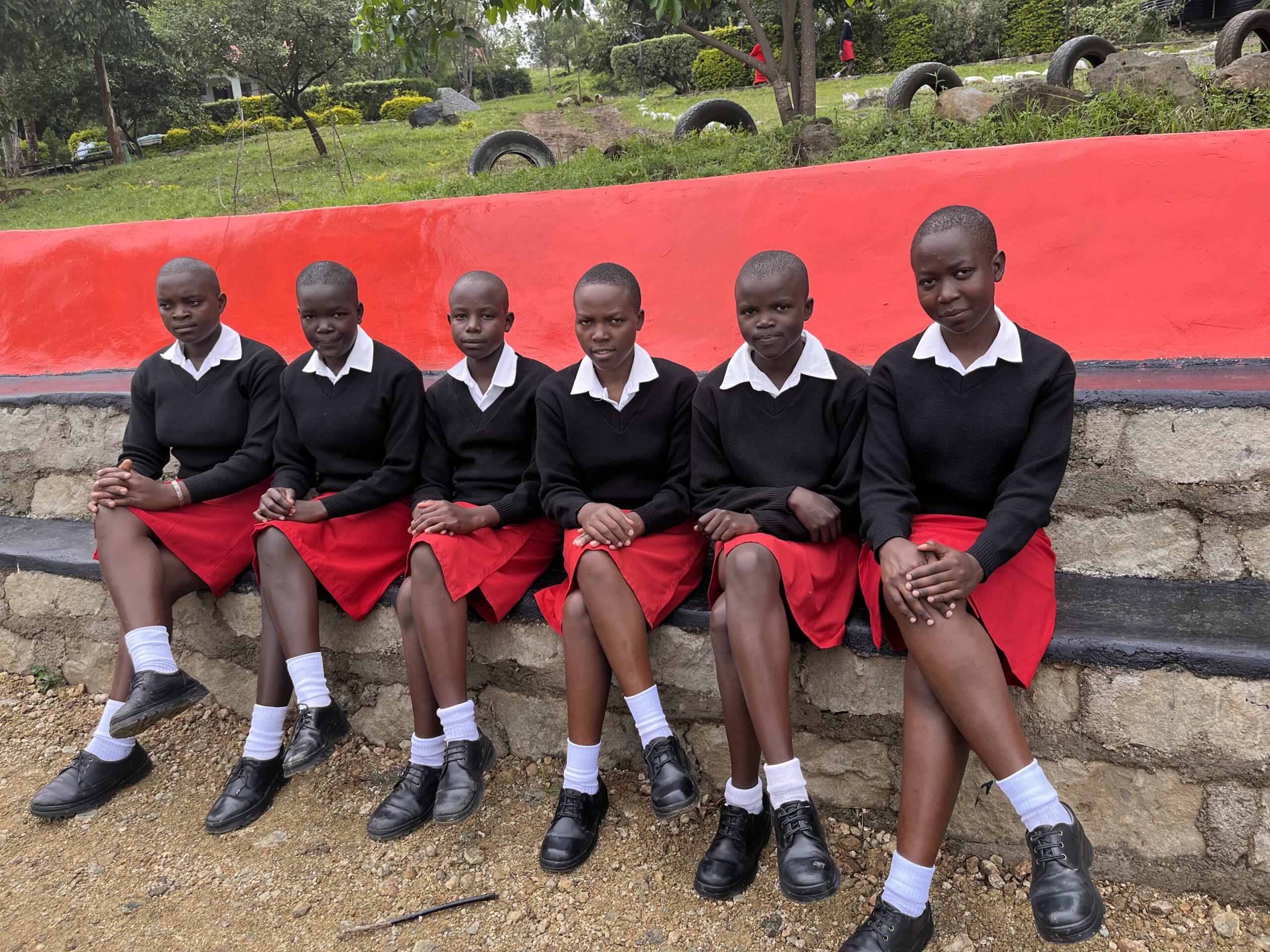
From 12 students in the first class in 2011, JAMS has grown to accommodate more than 200 students today, and will soon house and educate 240 girls.
Beyond growing enrollment, JAMS is expanding programming, in response to both new Kenyan education requirements and the need for more practical and technical expertise in a developing nation. Friends of JAMS fundraising goals this year include plans for a new workshop where girls can learn welding, electrical, plumbing and other building trades. New solar energy production at the school is more than adequate to power the envisioned workshop and its tools.
“We have invested so much in reducing our costs, and the result is that we have not increased our fees for ten years,” explained Dr. Wasonga. “We produce all of our own electricity now. We grow and raise much of our own food. We bake our own bread. All these things have saved money that we plow back into the school.”
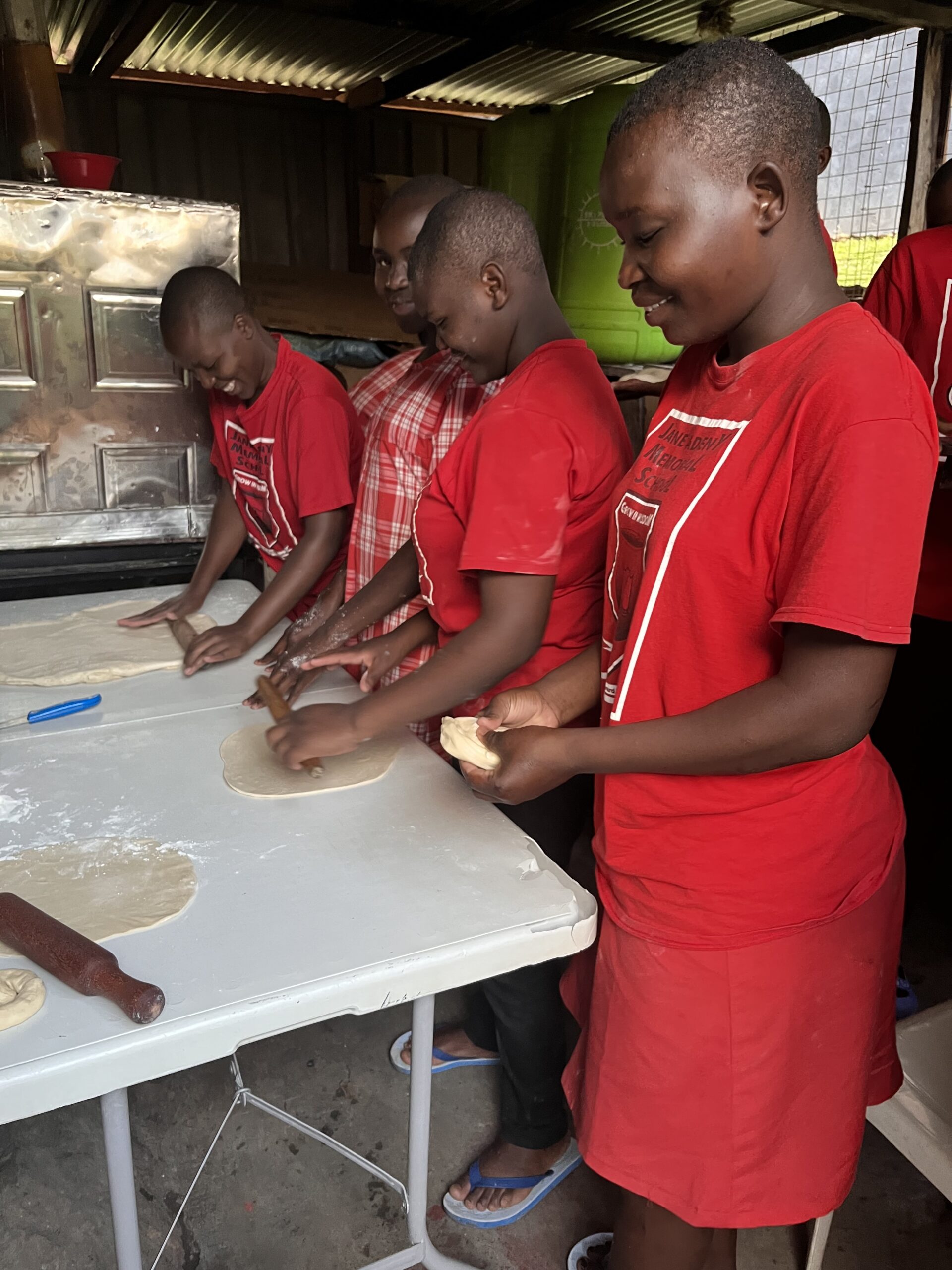
Baking their own bread at JAMS reduces costs and provides extra income for the school.
